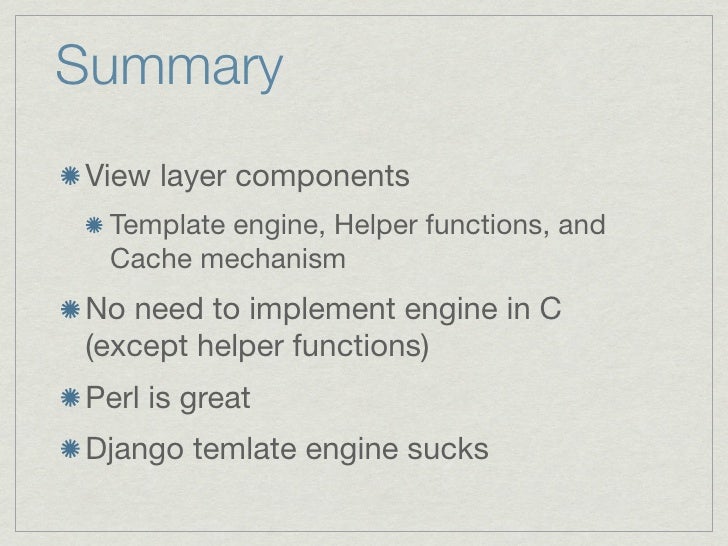Blog Posts
- ✔ Guard Door Station Mkii Manual Woodworkers
- ✔ Solidworks 2010 64 Bit Free Download With Crack And Keygen
- ✔ Seismosignal Keygen Crack
- ✔ Vogue Paris Collections Pdf Writer
- ✔ Download Tutorial Autocad 2014 Bahasa Indonesia Translation
- ✔ Clock Gen Download
- ✔ Quicken Qdf File Corrupted This Program
- ✔ Anatol Basarab Numerologia In Viata Fiecaruia Pdf Reader
- ✔ Vw T5 Transporter Bedienungsanleitung Pdf Reader
- ✔ Sfcedit Keygen Crack
- ✔ Adobe Offline Activation Response Code 200
